Follow us at: https://plus.google.com/+tutorvista/ Check us out at http://www.tutorvista.com/content/biology/biology-ii/reproduction/female-reproductive-system.php Female Reproductive System The female reproductive system consists of the external and internal genital organs. The breasts are sometimes considered part of the reproductive system (see Breast Disorders: Introduction). However, other parts of the body also affect the development and functioning of the reproductive system. They include the hypothalamus (an area of the brain), the pituitary gland (located at the base of the brain, directly below the hypothalamus), and the adrenal glands (located on top of the kidneys). The hypothalamus orchestrates the interactions among the genital organs, pituitary gland, and adrenal glands (see Biology of the Endocrine System: Major Endocrine Glands). These parts of the body interact with each other by releasing hormones. Hormones are chemical messengers that control and coordinate activities in the body. The hypothalamus produces gonadotropin-releasing hormone, which stimulates the pituitary gland to produce luteinizing hormone and follicle-stimulating hormone. These hormones stimulate the ovaries to produce the female sex hormones, estrogen and progesterone Some Trade Names CRINONEENDOMETRIN , and some male sex hormones (androgens). (Male sex hormones stimulate the growth of pubic and underarm hair at puberty and maintain muscle mass in girls as well as boys.) After childbirth, the hypothalamus signals the pituitary gland to produce prolactin, a hormone that stimulates milk production. The adrenal glands produce small amounts of female and male sex hormones. Please like our facebook page http://www.facebook.com/tutorvista
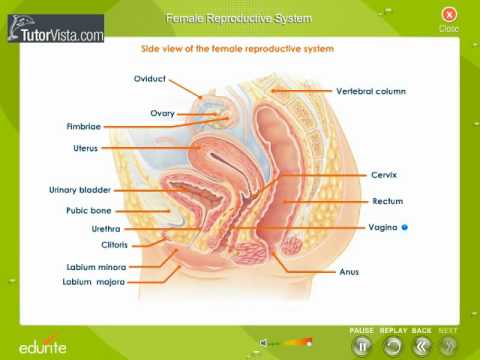
Female reproductive System Part2
- Post author:
- Post published:May 7, 2021
- Post comments:0 Comments
You Might Also Like

8 Stationary Exercise Bike Workout Injuries You Can Avoid

Legal Psychology Video – 4

How To: Rope Push-Down
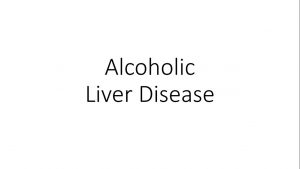
Alcoholic Liver Disease – For Medical Students
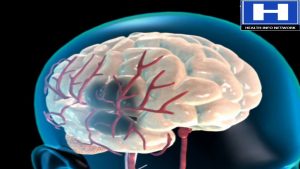
what is brain hemorrhage – how brain hemorrhage occurs brain hemorrhage – Treatment options

Dumbbell Hammer Curl – HASfit Biceps Exercise – Dumbbell Bicep Exercises
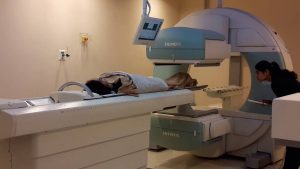
Thyroid Scan

Shoulder Workout
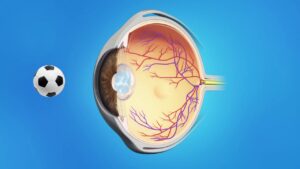
Laser Surgeries Video – 4
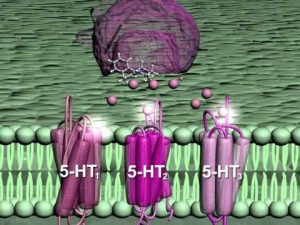
Avanza animation.mov
Strength

The Best Science-Based Chest Workout for Mass & Symmetry

Breaking News: NO Carbohydrates are needed post workout for Bodybuilders.

Testosterone Enanthate vs Testosterone Cypionate

FLUTTER KICKS | HOW TO PERFORM THEM CORRECTLY | LEARN QUICKLY | MOBILITY | WARM UP| HINDI

Thyroid System Animation

No.1 Multivitamins Supplements | at Chemist Shop | 100% Results And 100% Work
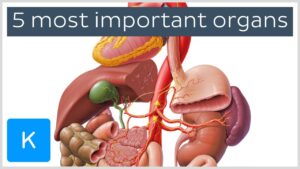
Human Body Video – 1

Pec Fly and Rear Delt/ Pectoral Fly and Rear Deltoid Machine

Cardiac surgery Video – 3

Drink Amazing Drink for Weight Loss

Sports Nutrition Video – 5

SETS AND REPS

“What Happens After You Stop Taking Creatine?”

ESR Function Overview with music
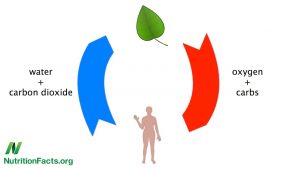
Minimum Recommended Daily Allowance of Antioxidants

Intermittent Fasting & Fasting Video – 8
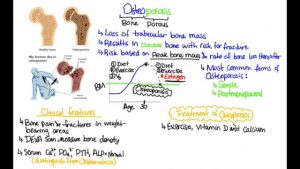
What is Osteoporosis?!

5 BCAA Side Effects
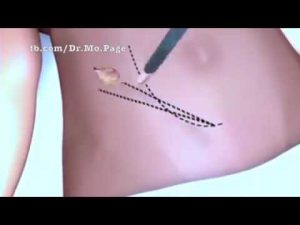
Kidney Transplant animated

Turmeric Nutrition Video – 2

LIFT WITH INTENSITY – LET’S BUILD SOME MASS – POWERFUL BODYBUILDING MOTIVATION

What is Perfect Age to start Workout? | Guru Mann | Health and Fitness HD

Zumba Dance Workout for weight loss

Insomnia Video – 3

Parkour Video – 1

EXTREME WEIGHT LOSS PROTEIN MEAL

V Position Exercise-1

Branches of Physiotherapy Video – 27

Minerals – What Are Minerals – What Do Minerals Do – What Are The Essential Minerals

Foods to Boost Lactation

